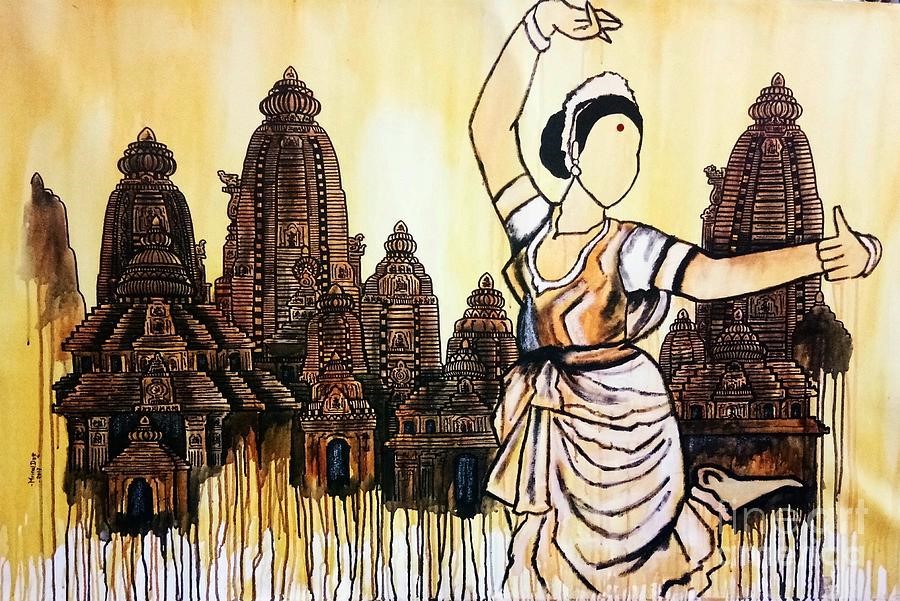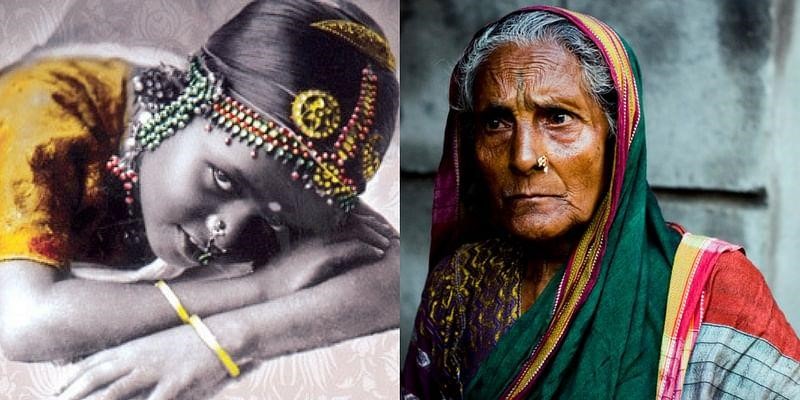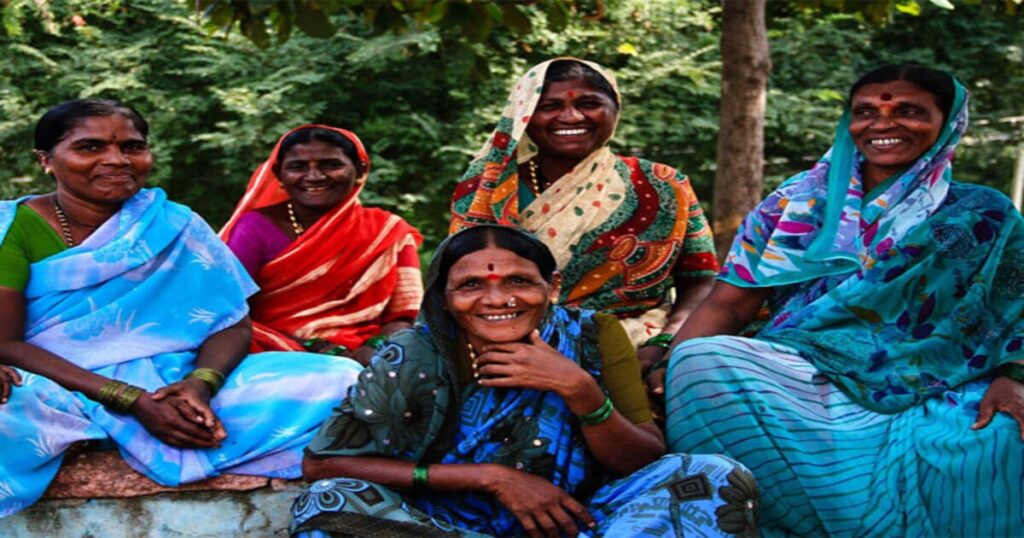The Descent of Devadasis
If you were to google ‘Devdas’ you would see images of the famous Shah Rukh Khan movie with exquisitely dressed actors and actresses and theatrical images of distress. However, if you were to google Devdasi, you would be witnessing images of young girls, who have barely hit adolescence, with a morose and pitiful look on their face. What is this extravagant binary that we observe? Let’s delve deeper into it.
Devadasis, in the Indian tradition, are young women who have barely seen the face of puberty, who are married off by their parents to the temple. A Devadasi woman is a woman who is reduced to a mere commodity and considered married off to God to become God’s servants. While my views may seem biased due to the reality of the Devadasi system today, the tradition has been extant for centuries and didn’t have the face it does today.
The Devadasis, many years ago, were a symbol of divinity and respect. Their families would marry them to the resident God, in an effort to appease them and although they were not allowed to marry another mortal and were expected to remain monogamous, they were free to have as many partners as they wished. They lived a life embellished with art, culture, music, and dancing and were treated as heavily influential women. They would perform in front of royalty and would often be rewarded with commodities such as land and gold. Devadasis lived life in clover and reverence. Upon colonization, Devadasis were driven underground due to the colonial view of devadasis as grotesque and uncivilized. Today, the reality of Devadasis has flipped completely upside today.

The State of Devadasis Today
Today, Devdasis have been reduced to nothing more than sex slaves and prostitutes that are forced to give up their bodies in exchange for menial amounts of money. More often than not, these are young girls in the age groups of 10-13, belonging to the Dalit caste. The respected and lionized tradition has taken the not so rare form of caste-based discrimination. Due to the poor economic and social conditions of the young girls, they often have to make their family sit outside of their poorly built houses while they are of service to upper-classmen under their thatched roofs. Often the young girl, post being given to the temple, is adopted by a landlord that ensures some sort of nominal payment to the family, as long as he is using the girl for sex. The Devadasi tradition, which was once revered, has now become a poor justification for the parents of less fortunate families to pimp out their daughters. Although the practice has been abolished for a few decades, almost 3000 pre-pubescent girls are being dedicated to the deity every year.

The Sexual Stirrup
This is not where the troubles of a sex worker end. The Devadasis today are not any different from the street hookers who serve truck drivers and aroused workers. Since they’re wed off to the temple at an extremely young age, they have barely a sex education, even regarding imperative topics such as contraceptives and STIs. Many of these Devadasis are now prone to sexually transmitted diseases, even more so with the advent of HIV/AIDS. In a couple of villages, they are even denied the right to visit the local hospitals since they are considered to have filthy blood. Moreover, their nescience in their own domain of work makes them vulnerable to many other sexually transmitted diseases and untoward pregnancies. Often, these girls often find themselves impregnated and unable to foster their child due to the lack of employment post parturition, the nominal savings, and lack of paternal support.
The sex-workers market has a rather meager age bar as well. Post 15-20 years, the career of Devadasis begins to get extinguished since the deeply instilled patriarchy glorifies the projection of sexual desires on younger, ‘purer’ and ‘cleaner’ women. According to multiple reports and findings, the life expectancy of Devadasi girls is low compared to the average of the country, it is uncommon to find Devadasis older than fifty years of age.

The Closely-knit Community of Devadasi
Devadasi ritual primarily sheds light on the tragedies of pre-pubescent girls being forced into the sex-market, however, it’s not always that. In certain regions, Devadasis also normalized sex work and prostitution. Many women in the Sangli village embrace sex work vivaciously and own their developed brothels and businesses. They also have an abundance of contraceptives, gynecologists, and clients. In fact, many women voluntarily marry themselves off to God to become Devadasis and worship goddess Yellema. They enjoy the privilege of living a life led by their own decisions, one that is filled with dance, traveling, and independence.
The Devadasi community is tightly knit and stands up for each other and their profession and also celebrates community festivals together.
While some communities of Devadasis may have it better than the others, this line of profession is certainly not easy to live up to and has multiple problems plaguing it – mistreatment of devadasis, pedophilia, forcing women into prostitution, low wages, and so on. The plight of a majority of Devadasis is a testament enough to how desperately the tradition needs to stop and how we need to stop exploiting young women in the name of religion. Today, all remnants of the Devadasi tradition as it used to be has ceased to exist, and all that lives is a system that forces young girls into prostitution.
Author


1 thought on “The Descent of Devadasis”
Pingback: Opinion: The Plight Of Devadasis & Why This Tradition Needs To Stop - A Desi Woman Podcast